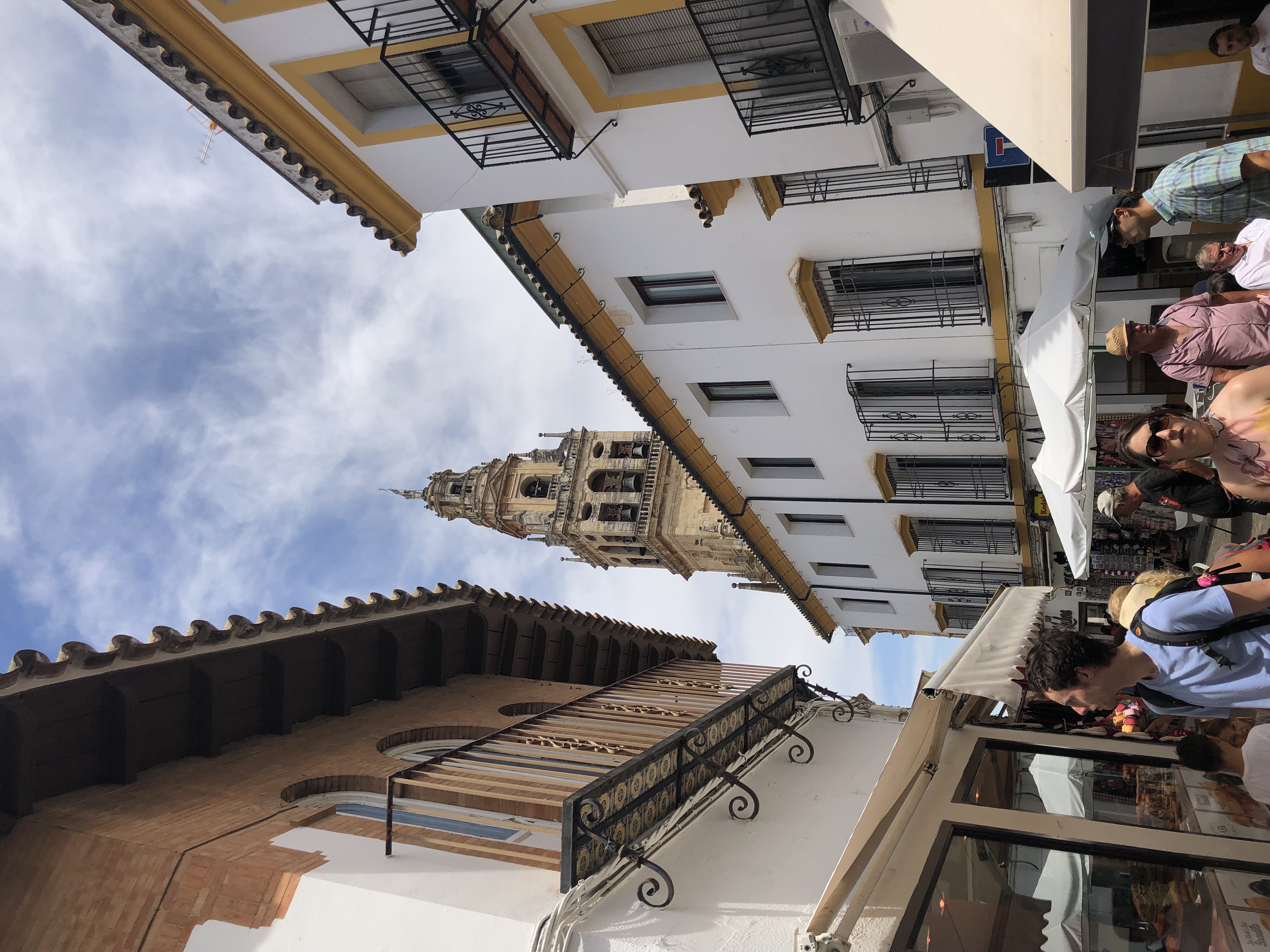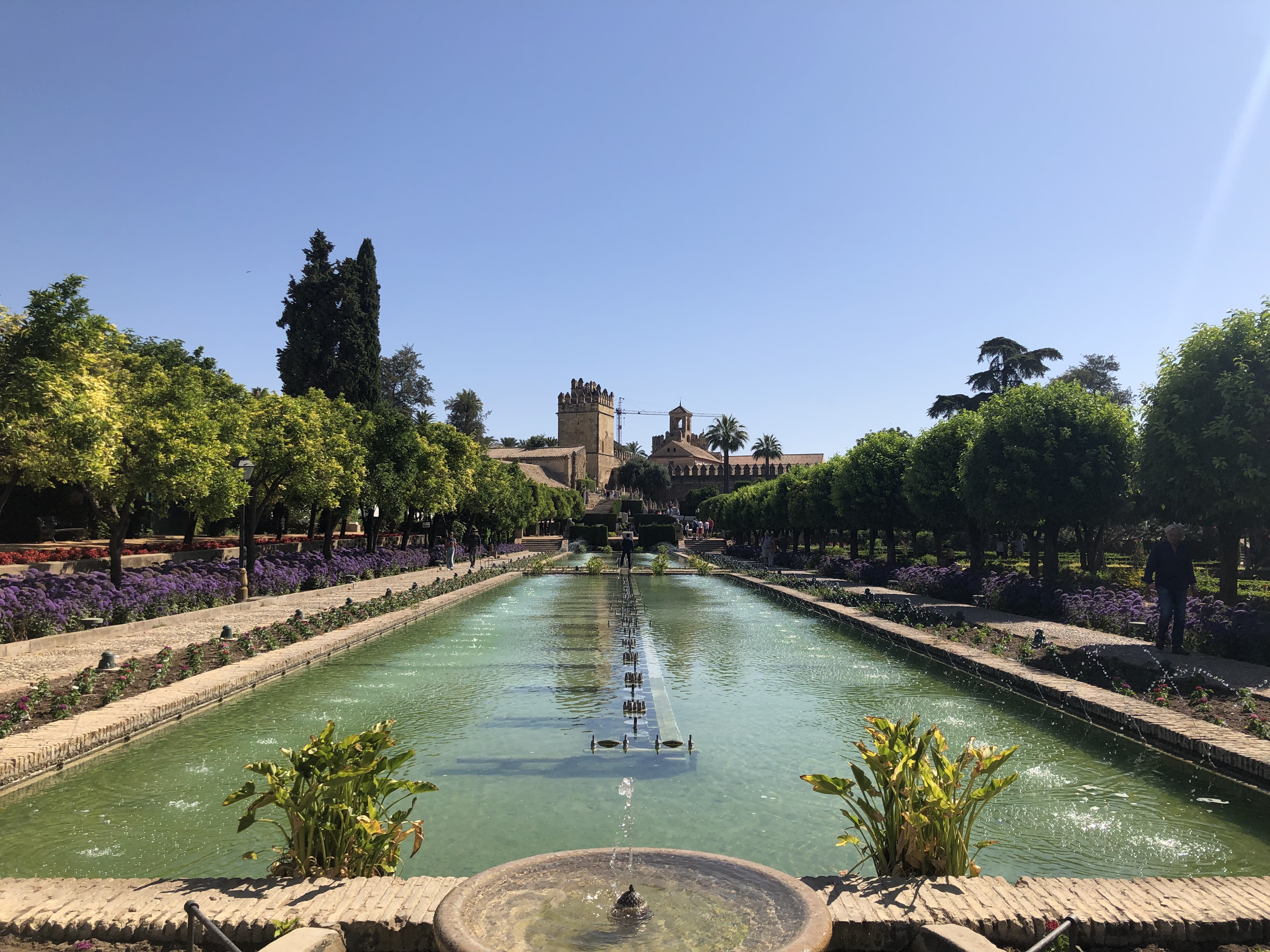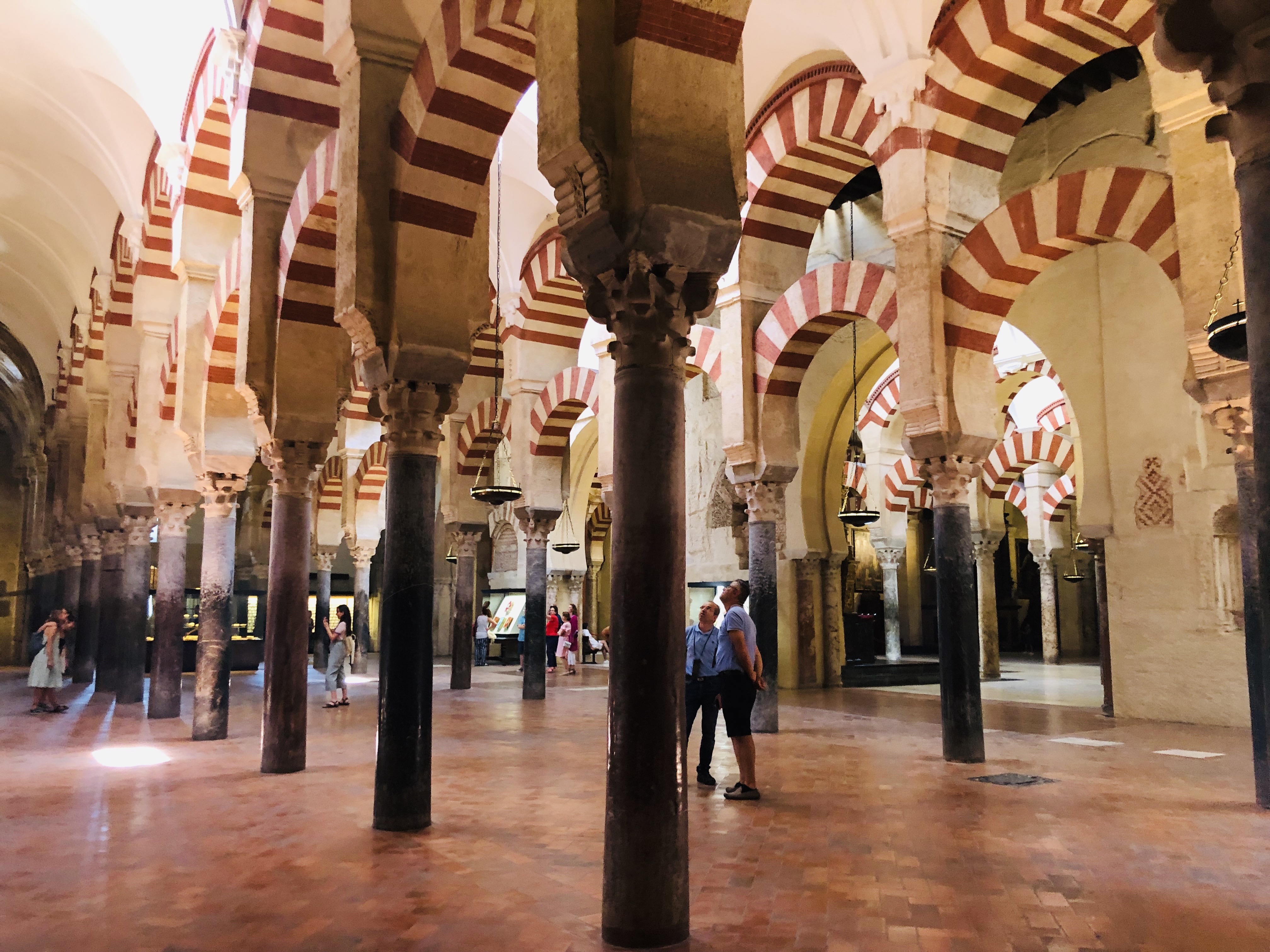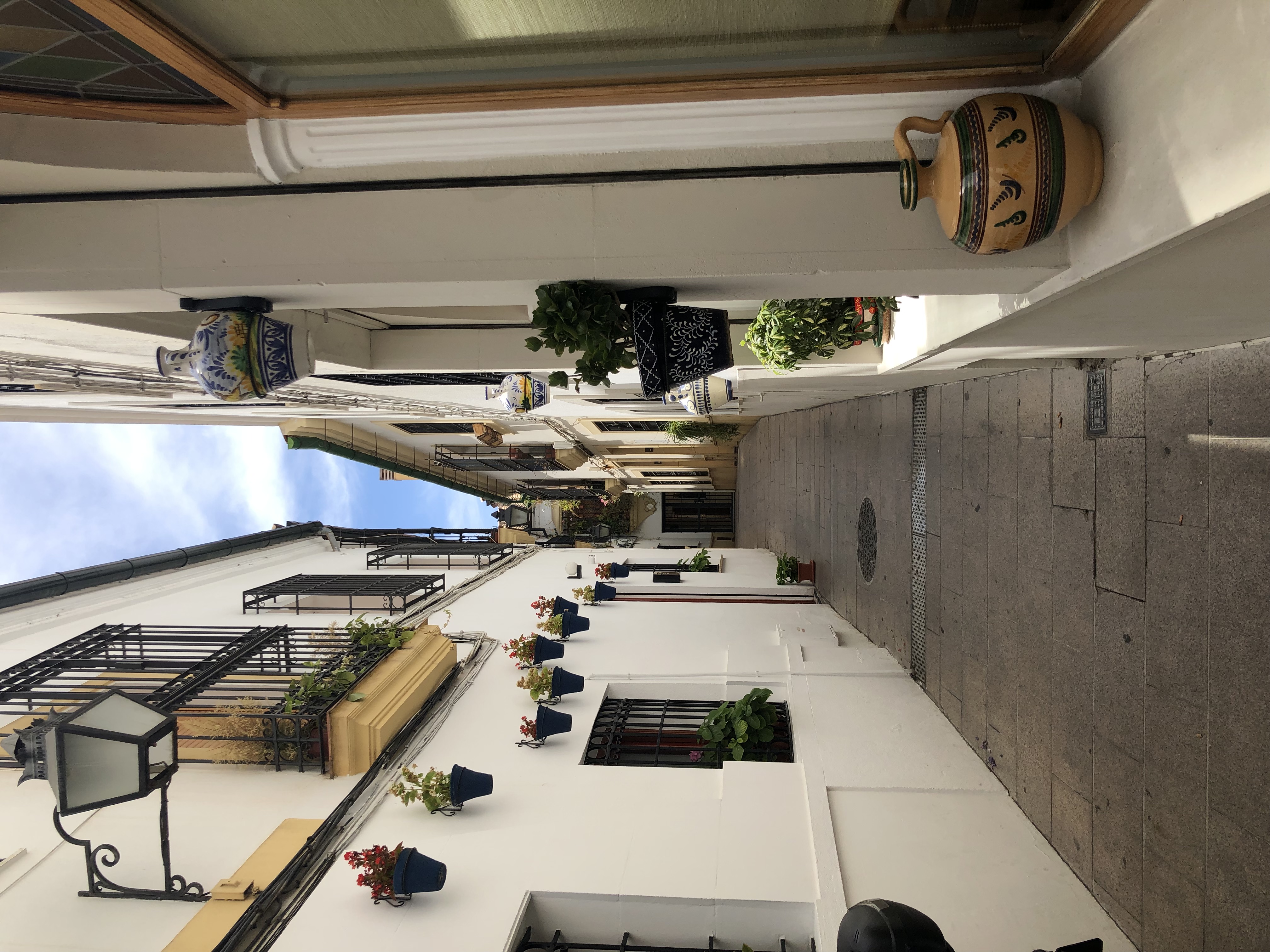This Spanish Hidden Gem Should Be Your Next Travel Destination

Spain is the second most visited country in the world, but most people still get only a partial image of what this diverse nation has to offer. It is known for crystalline waters and paradise beach towns along the Mediterranean, of course, but if you delve deeper into the interior you find a dynamic mosaic of historic multiculturalism.
How about the cultural and architectural remains of the Islamic kingdoms that dominated the peninsula for centuries? Many cities in the southern region of Andalucía preserve a unique mix of Christian and Islamic cultures, and fascinating examples of a cosmopolitanism built through the Middle Ages.
The beautiful streets of the city. (Image credit: Pablo Monfort Millán)Córdoba captures the essence of Spain's rich cultural past. The city has a long and fascinating history, marked by the influences of various civilizations, making it a unique example of multiculturalism. Cordoba's medieval period was marked by the presence of Muslims, Christians and Jews, who all lived together, contributing to the city's diverse architecture, art and culture.
Córdoba, a relatively unknown city, is actually the record-holder for the city with the most World Heritage sites, a distinction awarded by UNESCO to outstanding places of special interest to humanity due to historic, cultural or natural qualities. It is the home of four of them, a testimony to its remarkable patrimony: the Mezquita, the historical center surrounding it, the festival of the Patios and the caliphate city of Medina Azahara.
View from the Royal Alcázar. (Image credit: Pablo Monfort Millán)As you wander through the winding streets of the city, you will encounter various architectural wonders that showcase Córdoba cultural richness. The city's main attraction is the magnificent Mezquita mosque-cathedral that stands as an emblem of Córdoba's multicultural heritage.
The Mezquita is just one example of the city's mixture of Moorish and Christian influences. It features a huge praying space with Mosque-like characteristics, such as the stunning arcades and colonnades, as well as a Renaissance-style cathedral within its walls.
This building is fascinating because Christian rulers, once they took control of the city, were so amazed by it that they decided not to demolish the existing mosque but rather modify it so that it would be adapted to Christian needs. When you think about the infamous cruelty and hatred against other cultures in Spain after the Reconquista, this admiration and respect for Córdoba’s mosque is rather telling of its awe-inspiring qualities. The building is vast in size, including a courtyard filled with orange trees that add a delicious scent to the air.
The interior of the Mezquita. (Image credit: Pablo Monfort Millán)Apart from the Mezquita, the city's Jewish Quarter, known as La Judería, is also worth exploring. The narrow streets of this neighborhood are lined with white-washed houses with flower-filled patios and balconies, giving it a charming and romantic feel. It also houses several synagogues, including the historic Synagogue of Córdoba, which is one of the few preserved medieval synagogues in Spain, a rarity after the persecutions that plagued the country in the 15th and 16th century.
The Patios festival is an event that happens all through the city, but along the narrow streets of this quarter it comes to life even more beautifully. During the festival, the patios are embellished with lively flowers, plants and other decorations, creating a stunning display of color and beauty. When discovering the city, tourists are invited to enter the private courtyards of buildings and marvel at their exuberance and richness.
A street with some flowers and decor. (Image credit: Pablo Monfort Millán)Medina Azahara was a grand, fortified palace-city located on the outskirts of Córdoba. It was built over the course of several decades by a caliph who dedicated it to his favorite wife, Azahara, featuring magnificent buildings, lush gardens and ornate decorations. The complex included a mosque, a palace, residential areas, administrative buildings and even an artificial lake. A more historical destination, visitors can explore the remains of the palaces and other buildings, learning about the history and culture of this once-great city.
Córdoba isn’t just the only city to hold four UNESCO World Heritage Sites, it is also a beacon for tourists that want to learn about different cultures that lived and interacted with each other in a country famous for its historic religious intolerance. The sunny sky, high temperatures, fresh parks and wide array of monuments and cultural events come together in Córdoba and make for a different kind of touristic visit.





